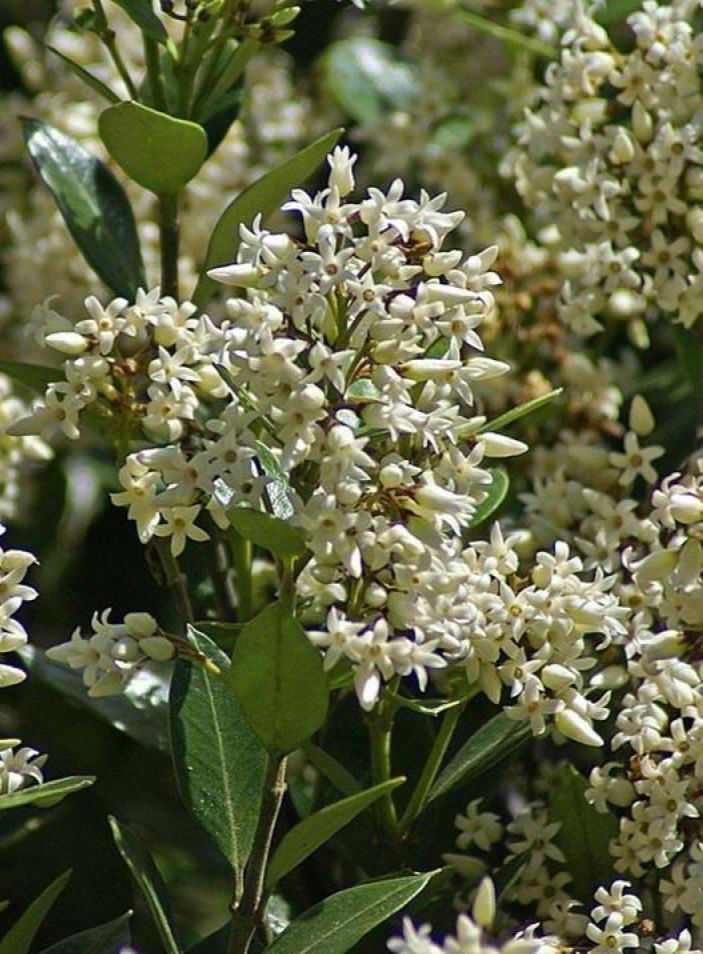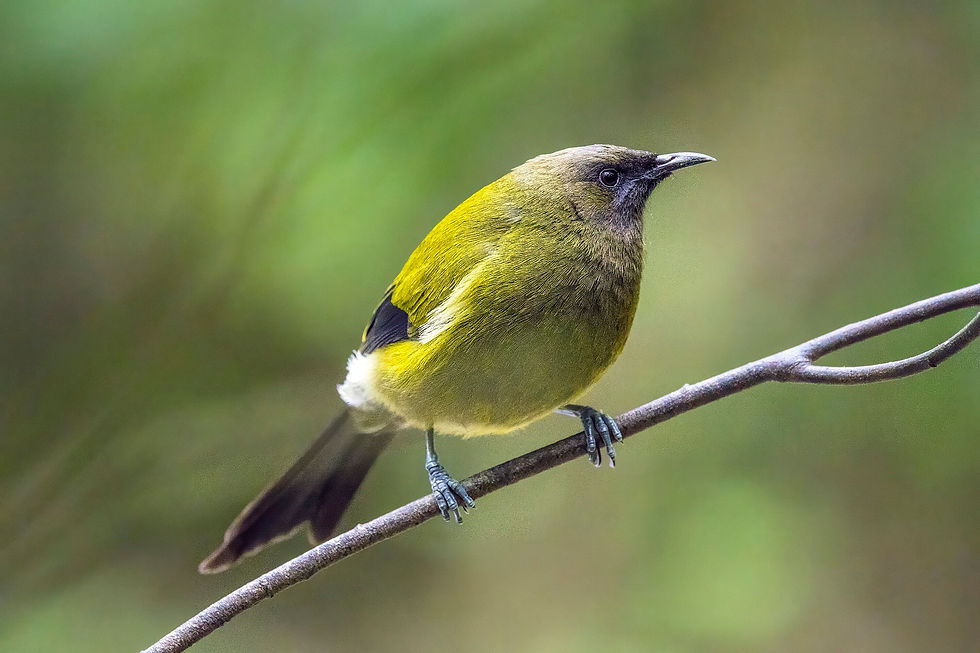
Kaihua, or to be precise and use the Latin nomenclature - Parsonsia heterophylla, is a climber endemic to New Zealand and one that displays many different leaf forms on the same plant! This is true while the plant is still in its juvenile stage; leaves can range from being short and round to sword-shaped. They may have smooth margins or be lobed, and then there is also the colour variation - from brown, through mottled, to a combination of both. This is a plant that can leave you ... well, guessing at least.
All of this changes, though, once this plant reaches maturity. The leaves become more uniform, leathery, dark green, and more or less elliptical in shape. This is also the time when kaihua starts to produce flowers. And it's definitely worth the wait. These sweetly scented clusters of tiny, creamy, tubular flowers adorn this plant from September to March. They are often seen draped over the tops of trees and climbing through shrubs in its preferred habitat - forest margins and clearings in coastal scrub patches throughout Aotearoa.

Pollination is ensured by the night-flying moths attracted by the scent, while the New Zealand bellbird (korimako) devours its sweet nectar during the day.

Kaihua flowers are followed by fruit in the form of long, narrow pods that, once mature, open to release tufted seeds that are carried away by the wind.
Kaihua is an evergreen climber that climbs its host, or in a garden situation, a trellis perhaps, by twining its stems around the available support. While in the wild it can reach up to ten metres, in a garden this would be more limited. Easily controlled by pruning, it requires a cool, shaded root run, free draining soil is a must and it will toletrate very dry conditions as well as some degree of frost.

Source:
100 best native plants for New Zealand gardens (Eadie, F. 2014, Random House New Zealand)
Nature guide to New Zealand forest (Dawson, J. & Lucas, R. 2000, Random House New Zealand)
Wikipedia
Authoritative website of The Royal Botanic Gardens Kew












